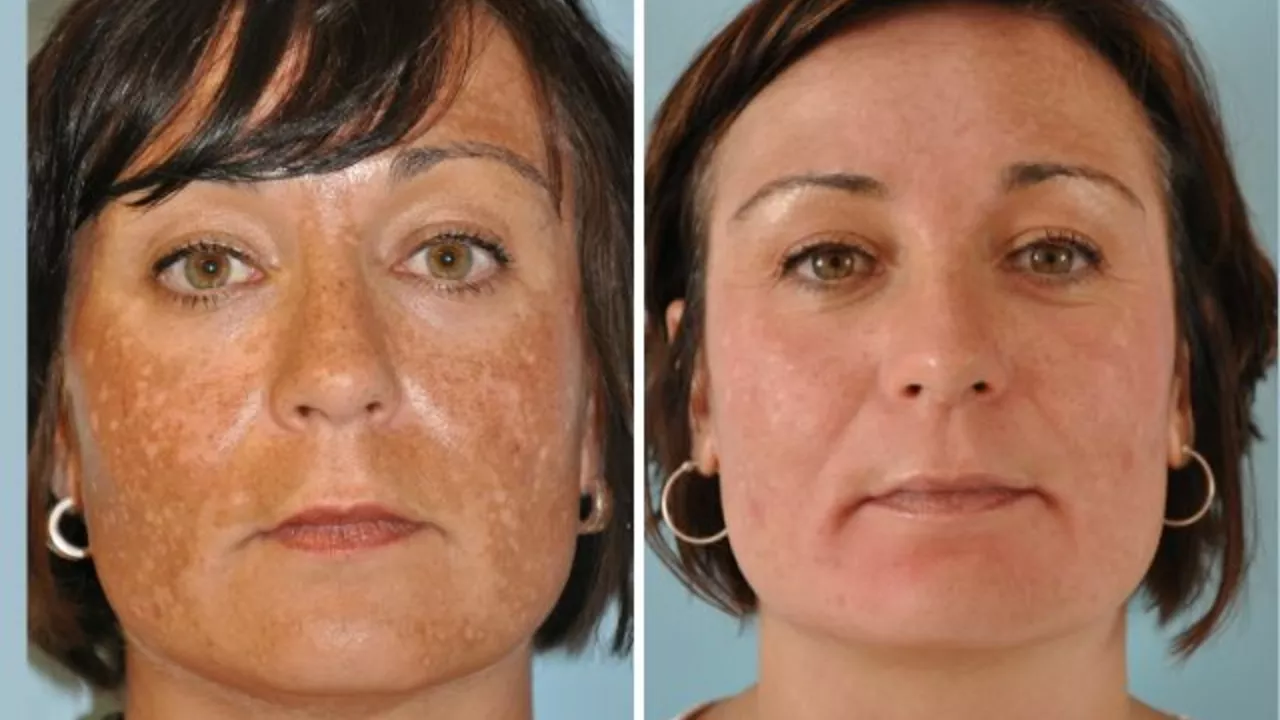What is Chloasma and Why Does It Happen?
Chloasma, often called melasma, shows up as dark brown or gray patches on your face, usually around the cheeks, forehead, nose, or upper lip. It’s a type of skin pigmentation caused by melanin overproduction. Many folks notice it during pregnancy or when taking certain medications, and hormonal changes play a big role. Sunlight exposure can make it worse because UV rays stimulate melanin production.
Women get chloasma more often, especially during pregnancy or when using hormonal birth control. But men can get it too, though it’s less common. If you’ve noticed new dark patches on your face, understanding what triggers them can help you manage the condition.
How Can You Treat Chloasma?
Treating chloasma means tackling the excess pigmentation. The first move? Protect your skin from the sun daily. Use broad-spectrum sunscreen with at least SPF 30, and wear hats when outdoors. Avoid tanning beds completely, as they only make pigmentation worse.
For medical treatment, creams with ingredients like hydroquinone, azelaic acid, or kojic acid can help fade the dark spots over time. These products work by slowing down melanin production. Some people try chemical peels or laser therapies, but these options need to be discussed with a dermatologist because they might not suit everyone.
Prevention and Everyday Care Tips
Besides sunscreen, wearing protective clothing and seeking shade during peak sunlight hours go a long way in preventing chloasma flare-ups. Gentle skincare is important too — avoid harsh scrubs or products that irritate your skin since irritation can worsen pigmentation.
For those with hormonal causes, sometimes adjusting birth control medications under a doctor’s guidance can improve symptoms. Remember, chloasma is often stubborn, and clearing it takes patience. But with the right habits and treatments, you can reduce its appearance and feel confident in your skin again.

Chloasma and Aging: How to Reduce Skin Discoloration as You Age
In my latest blog post, I tackle the issue of Chloasma, a skin discoloration condition that's often associated with aging. I discuss what Chloasma is, why it appears on our skin as we age, and how it can impact our overall appearance. Importantly, I also share some effective strategies to reduce the appearance of these age spots. From preventative measures to targeted treatments, there are several ways to maintain a youthful complexion. It's all about understanding our skin and taking the right steps to care for it as we age.
Read More